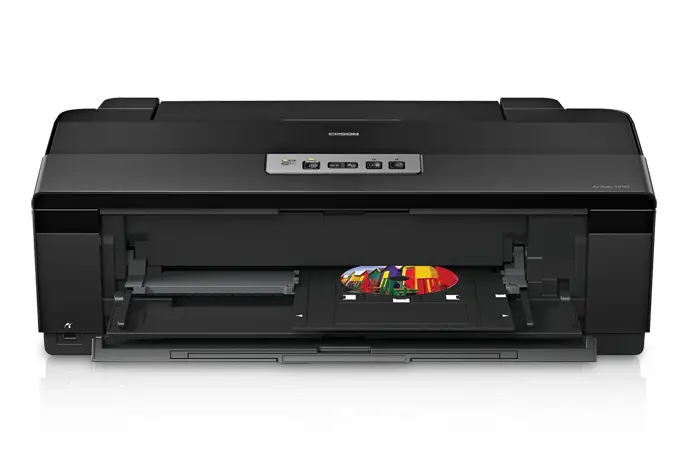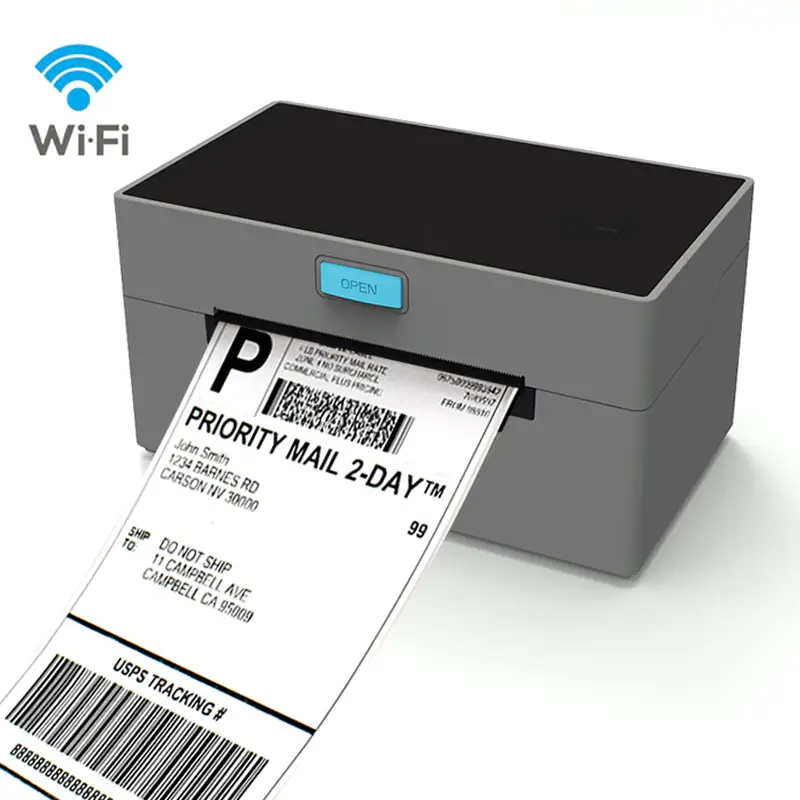Thermal printers and desktop inkjet printers as their main office equipment for printing documents. What are the differences between these two printer kinds, though? And which one is the best fit for your company’s requirements? Inkjet printers use liquid ink sprayed through nozzles, whereas thermal printers use heat to print on paper.
Thermal printers use heat to print on paper, while inkjet printers use liquid ink sprayed through nozzles. Thermal printers are generally faster than inkjet printers, but they’re also more expensive. Inkjet printers are less expensive to operate, but they’re slower and have lower print quality.
This article will examine industrial inkjet printers and industrial thermal printers to help you decide which type of printer is right for your business.
What is an Inkjet Printer?
An inkjet printer is a type of computer printer that uses droplets of ink to create digital images on paper.

Inkjet printers are the most commonly used type of printer, and range in price from inexpensive consumer models to very expensive professional machines.
How do Inkjet Printers Work?
The most common form of the printer is an inkjet printer, which works by propelling ink onto paper.
The ink is stored in cartridges that fit into the print head. When you print, electrical signals cause heat to build up in each chamber behind the nozzles. This melts a small amount of ink so that it can be forced through the tiny nozzle openings. As the molten ink hits the paper, it cools and solidifies almost instantly, forming dots that combine to create an image.
What are the Advantages of an Inkjet Printer?
There are many reasons you choose an inkjet printer over a thermal printer. Inkjet printers have become increasingly popular in recent years due to their low cost and versatility. Here are some of the advantages of inkjet printers:
Cost: Inkjet printers are typically much less expensive than thermal printers.
Inkjet printers can print on a variety of different paper types and sizes, including glossy photo paper, cardstock, and more. Thermal printers are limited to printing on thermal paper.
Image quality: Inkjet printers can produce high-quality images and photos.
What are the Disadvantages of an Inkjet Printer?
Image durability Ink-based images may smudge or fade over time, especially if exposed to moisture or high temperatures.
Moving parts
Inkjet printers have more moving parts than laser printers, making them more susceptible to breakage.
Inkjet printers are generally less reliable than laser printers.
What Is a Thermal Printer?
A thermal printer is a digital printing device that uses heat to transfer an image or text onto paper. Thermal printers are also known as direct thermal printers and Thermal transfer Printers.

How do Thermal Printers Work?
Thermal printers work by using heat-sensitive paper and a heating element. When the heating element is turned on, it heats up the paper and causes the image or text to be transferred onto the paper. Thermal printers are simple to use and require no ink or toner.
What Are the Advantages of Thermal Printers?
Thermal printers have several advantages over other types of printers. Thermal printers are fast, efficient, and easy to use. They also produce high-quality prints that are resistant to smudging and fading. Thermal printers are also more affordable than other types of printers.
What Are the Disadvantages of Thermal Printers?
One of the main disadvantages of thermal printers is that they can only print on certain types of paper. Thermal paper is more expensive than regular paper, and it can be difficult to find in stores. Thermal printers also require special ribbons or labels in order to function properly.
For the industrial, healthcare, retail, and logistics sectors. Thermal printers are used to print labels, receipts, and barcodes.
The disadvantage thermal printers have is that the prints produced can fade quickly when exposed to sunlight or heat. Thermal paper is also not as durable as other types of paper.
When Should You Use One Printer Over the Other?
Use an inkjet printer
Office printing: Use an inkjet printer for general office printing including text documents, spreadsheets, and presentations. Inkjet printers can also print photos and graphics, although they generally don’t do as good of a job as a dedicated photo printer.
Photographs: Thermal printers if you want to print high-quality photos, you will get better results with a photo printer than with an inkjet that is not designed for photos. A dedicated photo printer will usually cost more than an inkjet printer, but you will be paying for higher-quality results.
Temporary signage: Print short-term notices Thermal printers are ideal for printing temporary such as name tags, product labels, and directional signs. Thermal printers use heat to transfer images onto paper, so they don’t require any ink or toner.
Use a Thermal Transfer Printer for Durable signs and labels: Thermal transfer printers can be printed on a variety of including paper, cardboard, and plastic. Thermal transfer prints are also more resistant to fading and smudging than inkjet prints.
Floor marking: Thermal Boost efficiency and safety with transfer printers can print on floor-marking tape to create durable, slip-resistant labels and signs for industrial environments.
Thermal Printer Solutions from Graphic Products
Graphic products Thermal Printers are the industry-leading solution for on-demand printing of labels, tags, receipts, and more. Thermal printers use heat to print on a variety of media including paper, synthetic (polypropylene), and specialty materials. With no need for ink or toner, they’re an efficient and cost-effective solution for your business needs.
Graphic Products has produced the most popular line of industrial Thermal Printers for over 25 years. We offer a wide variety of models to fit any application or budget, including the dependable Durable, and affordable.
I hope you find this article helpful if you have any questions please feel free to post in the comment section. Also, check out more interesting articles on our website.

I am Mark Luke and I’m the founder of PrinterBio.com. I started this site because I was tired of dealing with the problems that come with using printers. I wanted to help others avoid the time and frustration I had, So I started this site based on my own experience & what I’ve learned from other professionals. My goal is to help you find the right printer and easily solve any problems you may have with your printer.